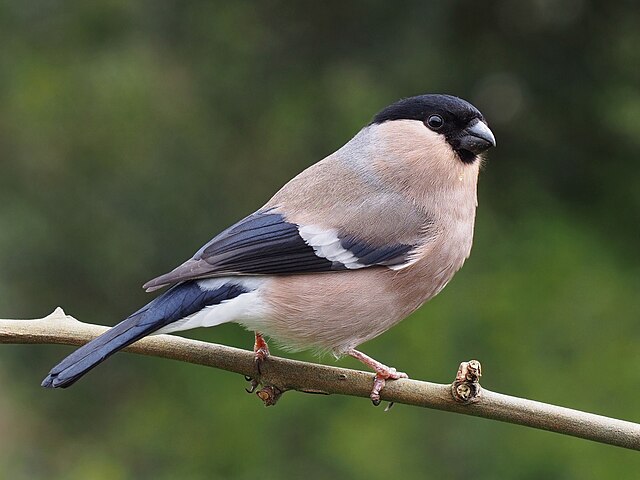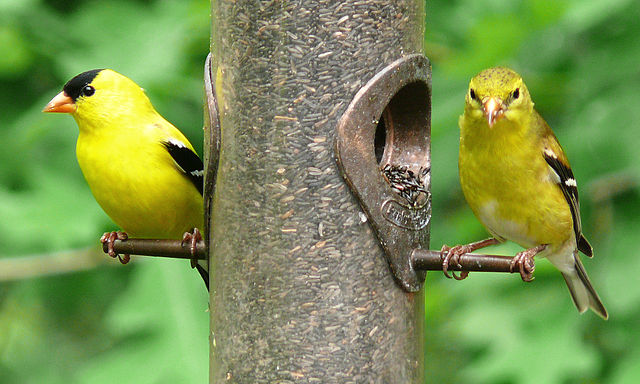The Bonin grosbeak or Bonin Islands grosbeak is an extinct finch. It is one of the diverse bird taxa that are vernacularly called "grosbeaks", but it is not closely related to the grosbeaks sensu stricto. Many authorities place the species in the genus Carpodacus, but some place it in its own genus, Chaunoproctus. A 2013 genetic analysis found it to be a relatively basal member of the group, more derived than the common rosefinch, but with no close relatives, with an estimated divergence time from other members of the group around 12.5 million years ago.
Bonin grosbeak
The true finches are small to medium-sized passerine birds in the family Fringillidae. Finches generally have stout conical bills adapted for eating seeds and nuts and often have colourful plumage. They occupy a great range of habitats where they are usually resident and do not migrate. They have a worldwide native distribution except for Australia and the polar regions. The family Fringillidae contains more than two hundred species divided into fifty genera. It includes the canaries, siskins, redpolls, serins, grosbeaks and euphonias, as well as the morphologically divergent Hawaiian honeycreepers.
Image: Pyrrhula pyrrhula female 2
Image: Bullfinch male
Euphonias, like this thick-billed euphonia, were once treated as tanagers instead of finches.
American goldfinch (Spinus tristis) male (left) and female (right) in Johnston County, North Carolina, USA





